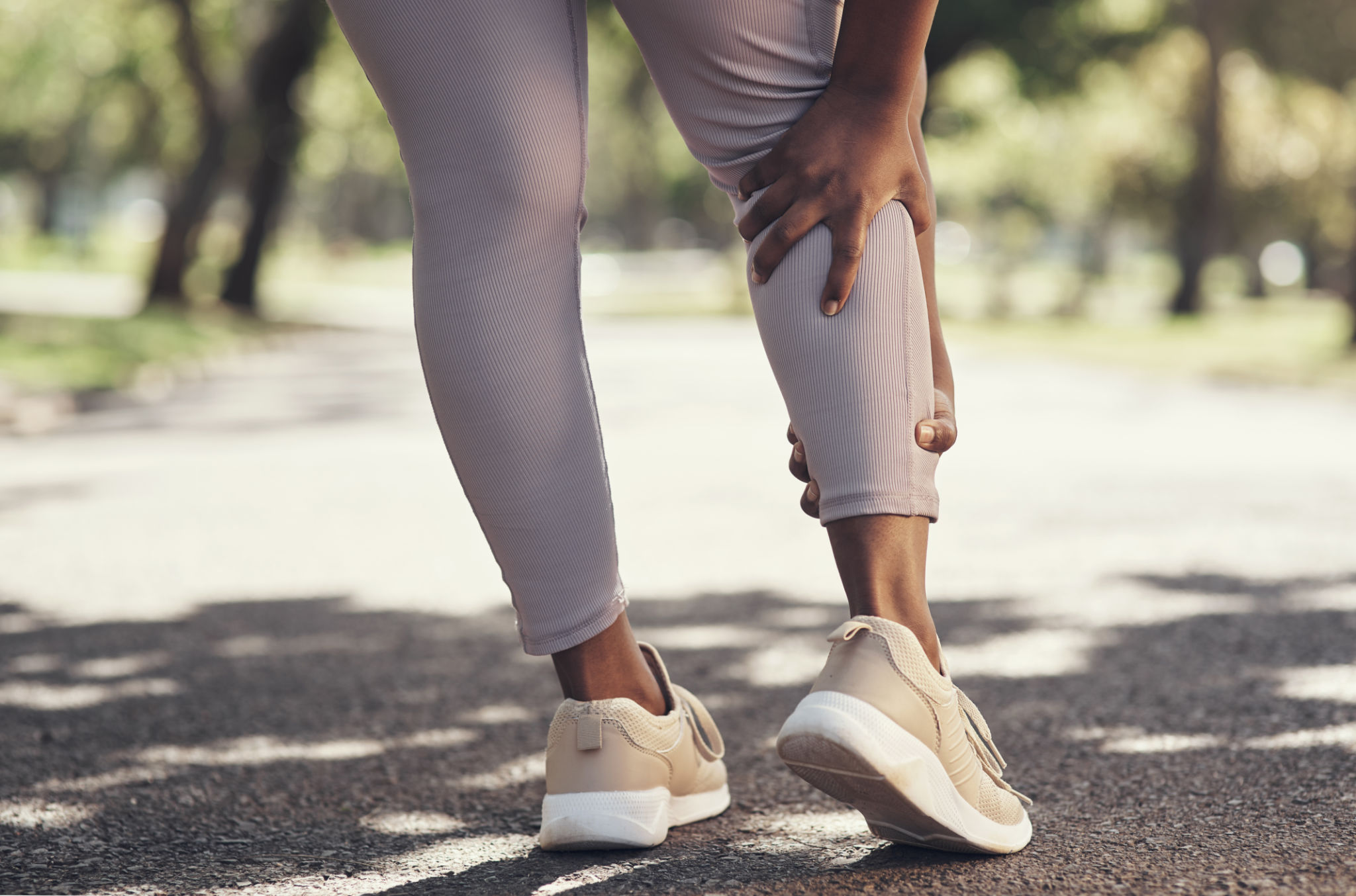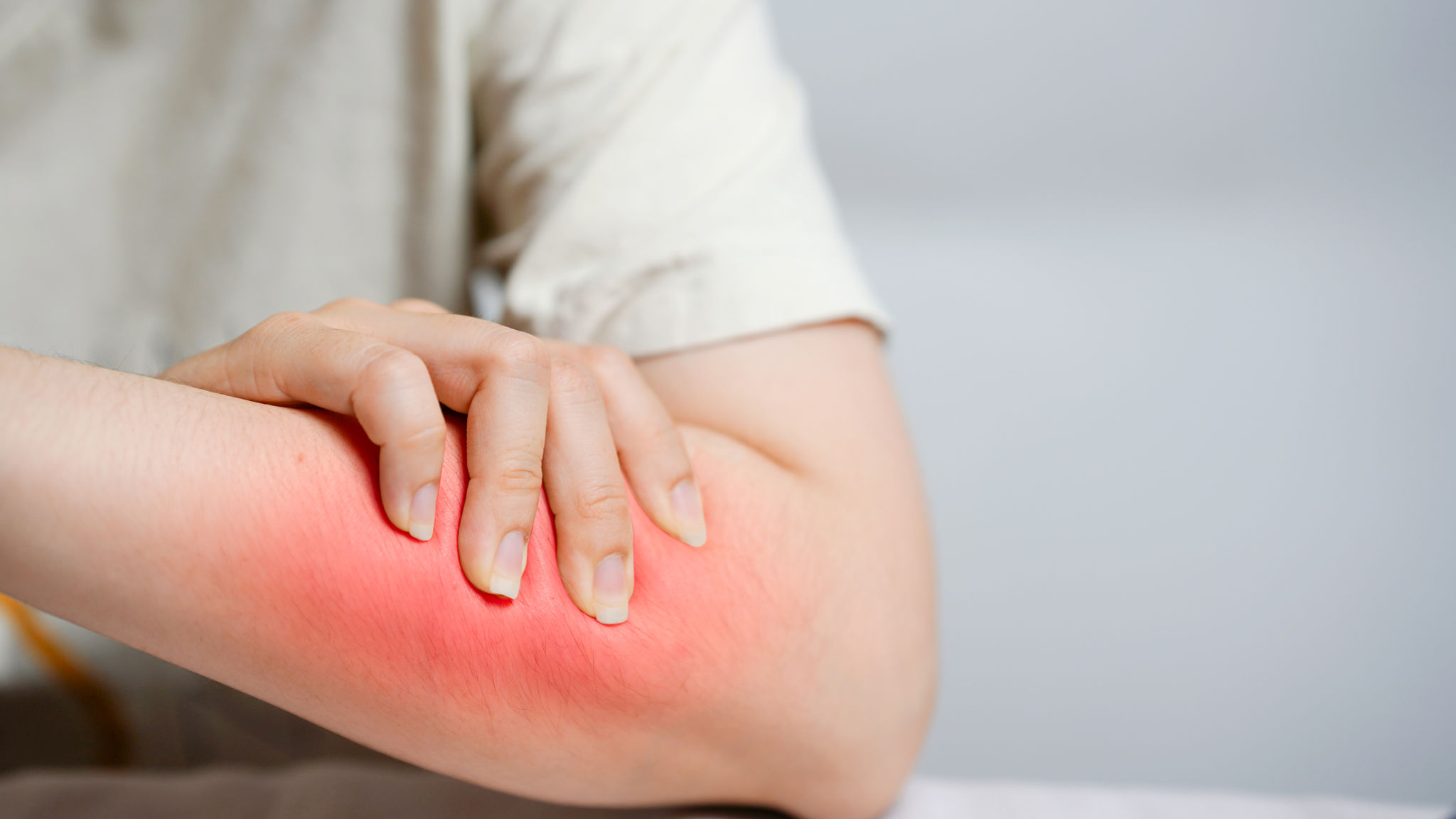Understanding Lipedema: Causes, Symptoms, and Effective Treatments
Understanding Lipedema
Lipedema is a chronic condition that primarily affects women, causing an abnormal accumulation of fat in specific areas of the body such as the hips, thighs, and sometimes the arms. Despite being relatively common, it remains underdiagnosed and often misunderstood. Understanding lipedema's causes, symptoms, and treatments is crucial for those affected and healthcare professionals.

Causes of Lipedema
The exact cause of lipedema is not well understood, but it is believed to have a genetic component. Many individuals with lipedema report having a family history of the condition. Hormonal factors are also thought to play a role, as lipedema typically develops or worsens during hormonal changes such as puberty, pregnancy, or menopause.
Other potential contributors include inflammation and vascular issues. Some researchers suggest that lipedema may result from defects in the lymphatic system, leading to fluid retention and fat accumulation in affected areas. However, more research is needed to fully understand these mechanisms.
Recognizing Symptoms
Lipedema is characterized by a distinct set of symptoms that help differentiate it from other conditions like obesity or lymphedema. The most common symptoms include:
- Symmetrical swelling of the legs and/or arms
- Painful or tender skin in the affected areas
- Easy bruising
- Fat deposits that do not respond to diet or exercise
It is important to note that lipedema primarily affects the lower body, sparing the hands and feet, which helps distinguish it from other conditions.

Effective Treatments for Lipedema
Treatment for lipedema aims to manage symptoms and improve quality of life. While there is currently no cure, several approaches can help alleviate discomfort and prevent progression:
- Compression Therapy: Wearing compression garments can reduce swelling and support circulation.
- Liposuction: Specialized liposuction techniques can remove excess fat deposits and offer long-term relief.
- Manual Lymphatic Drainage (MLD): This gentle massage technique helps move lymphatic fluid and reduce swelling.
- Exercise and Healthy Diet: While they won't reduce lipedemic fat, maintaining an active lifestyle and balanced diet can contribute to overall health.

The Importance of Early Diagnosis
Early diagnosis of lipedema is crucial for effective management and preventing complications. Many individuals with lipedema are misdiagnosed with obesity, leading to frustration and ineffective treatment plans. A healthcare professional familiar with lipedema can conduct a thorough physical examination and consider the patient's history to make an accurate diagnosis.
Patients are encouraged to seek a second opinion if they suspect lipedema but have not received a satisfactory diagnosis. Raising awareness about this condition is essential to improve recognition and timely intervention.
Living with Lipedema
While living with lipedema can be challenging, support from healthcare providers, family, and support groups can make a significant difference. Connecting with others who have lipedema through online forums or local groups can provide emotional support and practical advice for managing the condition.
Research is ongoing to better understand lipedema and develop more effective treatments. As awareness grows, there is hope for improved management strategies and outcomes for those affected by this condition.

